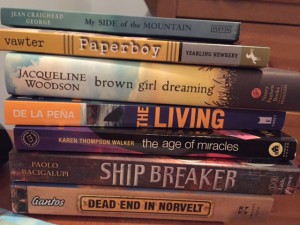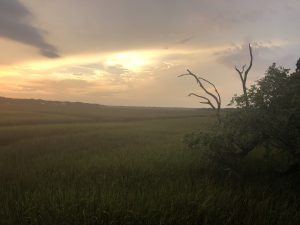I get story ideas in wonderful places. Listening to people talk, watching the news, listening to songs.
Another way I get story ideas is from other writers. I have a lot of fun working as a writing coach. I work with a young man who wants to write some scary, scary stories. He loves Stephen King and Five Nights at Freddy’s and all things gory. He’s working on a story for a program and he’ll apply in the fall. I think he has a shot, his ideas are really good.
I met my coachee this weekend and he’s working on a new story. The beginning of the story is a classic. Teens have to housesit and mansion and…
When he shared this idea with me, and I read his very exciting beginning paragraph, I knew this could be good. But I wanted to make sure he didn’t write the same old story. I mean, this is the premise of Scream. And Jumanji. And Cat in the Hat.
“So what makes your story one that only you can tell?” I asked him.
This made him think. Then to help him along with some unique ideas, we took turns brainstorming. I don’t want to share his MOST AMAZING idea here because it’s so good I hope you get it at a bookstore and maybe see it in the movies some day.
This kind of brainstorming is a great way to get story ideas.
I thought it would be fun to practice this story brainstorming here on the blog.
Teens have to house sit a mansion and…
Me: discover it’s the landing spot for an alien invasion.
Ceil Kessler: …trigger a switch by accident, revealing the hidden laboratory of a mad/evil scientist.
Victorria Johnson Wytcherley: Find that the house is sentient and provides for those who promise to upkeep it
Kit Fox: They say no, because they are volunteering to feed homeless teens so the mansion owner surprises them by taking in all the homeless teens as housesitters and they have a big party and eat all the food and the owner doesn’t go to Andorra, which means she’s not skiing when the avalanche happens so being generous literally saves her life and everyone learns a valuable lesson.
Diane Matway: Find the mansion has contained with it a certain magic to create peace and safety again. Three silver bells hold the answers…
So how would your story end?









